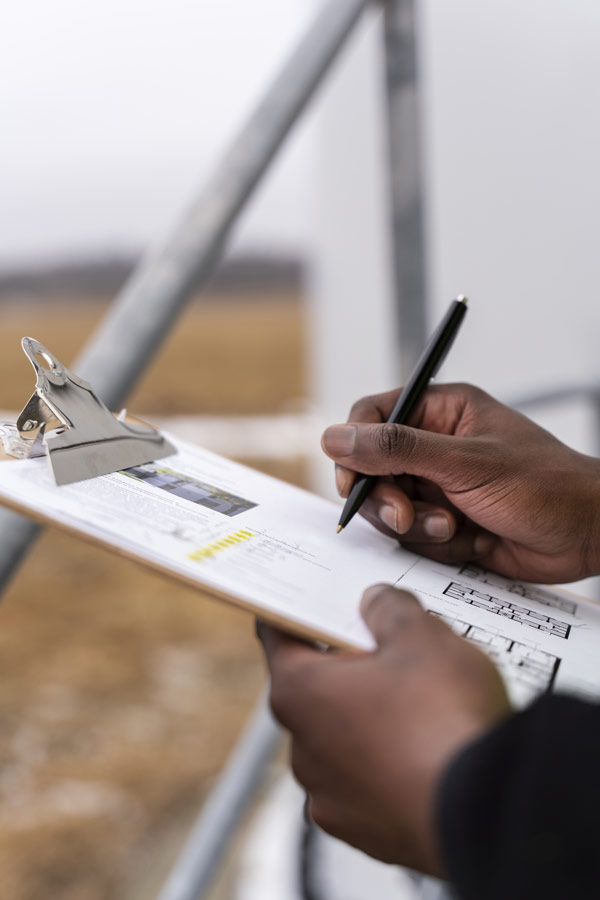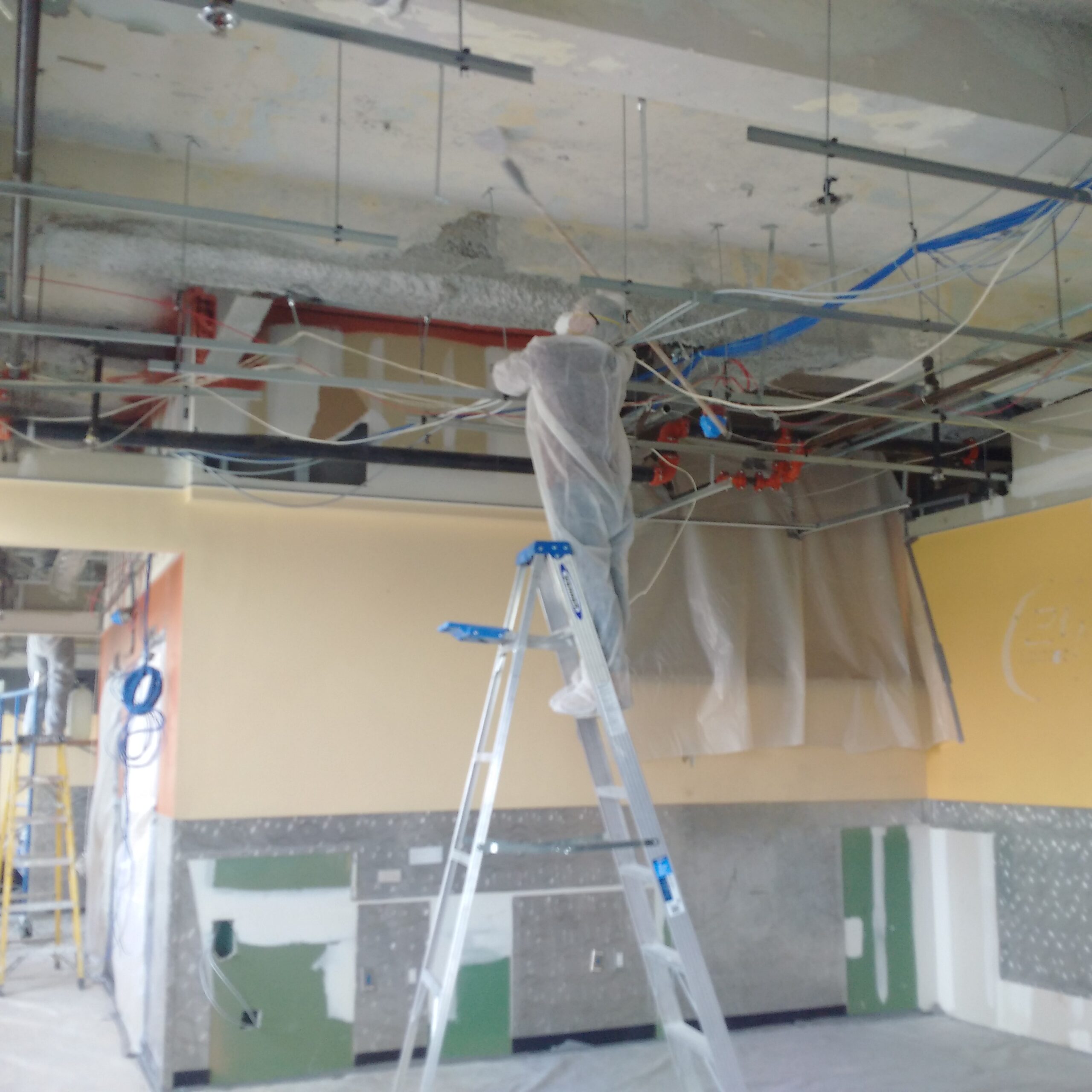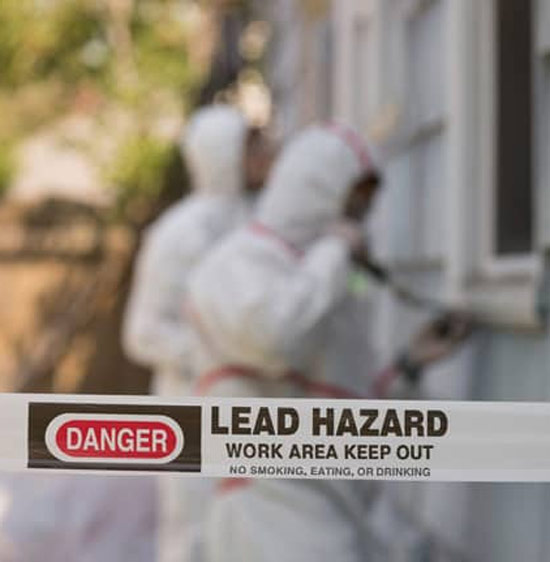Trusted Lead Paint Removal Company-- NYC's Premier Lead Reduction Service
Trusted Lead Paint Removal Company-- NYC's Premier Lead Reduction Service
Blog Article
Vital Devices and Methods for Efficient Lead Infraction Clean-up
Dealing with lead violations successfully necessitates an extensive method that mixes the right devices with calculated techniques. The primary step entails gearing up employees with Individual Protective Devices (PPE) to safeguard their health. Simultaneously, making use of specialized clean-up tools, such as HEPA vacuum cleaners and lead-specific cleansing agents, is vital for comprehensive impurity elimination. Efficient control approaches, including plastic sheet and negative air pressure systems, are vital to avoid the spread of unsafe materials. Risk-free disposal techniques and stringent adherence to regulatory standards make certain liable handling of toxic waste. But what are the nuanced approaches that absolutely make a difference?
Individual Safety Tools
Personal protective equipment (PPE) is a vital component in the reliable monitoring of lead contamination cleanup. PPE acts as an important obstacle, safeguarding workers from the unsafe results of lead direct exposure, which can result in extreme wellness consequences. The vital PPE for lead cleanup includes respirators, protective clothes, gloves, and eye defense. Each type of devices is especially developed to reduce various risks connected with lead fragments and dust.
Respirators, particularly those geared up with HEPA filters, are essential for filtering system airborne lead fragments, stopping inhalation. Appropriate fit and seal checks are crucial to ensure their efficiency. Protective clothes, consisting of coveralls and disposable suits, prevents lead dirt from adhering to workers' garments, decreasing the threat of additional contamination. Handwear covers, usually made from nitrile or latex, shield the skin from direct call with lead, while safety goggles or full-face shields protect the eyes from dirt and debris.
Moreover, rigorous training on the proper use and maintenance of PPE is important. Employees need to be informed on putting on and doffing treatments to avoid contamination. Normal inspections and replacements of PPE components are required to keep their protective abilities, ensuring a secure and certified cleaning procedure.
Specialized Clean-up Equipment

An additional important device is the wet/dry vacuum cleaner, which can successfully tidy up both dirt and fluid pollutants. These vacuum cleaners usually include HEPA filters to give an additional layer of security. Wet wipes or tack towels are additionally essential for surface cleansing; they are especially created to record and hold lead bits, lowering the threat of spreading out contamination.
For more stubborn down payments, specialized lead-removal cleaner are needed. These representatives are developed to damage down lead bits, making them simpler to eliminate. Scrub brushes with strong bristles can aid in this process, especially on harsh surfaces where lead dust often tends to adhere much more highly.
Furthermore, encapsulants are used to secure lead-contaminated surface areas, avoiding the launch of lead dust. These specialized paints and finishings are designed to follow different substratums, supplying a long-term service for lead control.
Effective Containment Methods
Effective containment approaches are critical in minimizing the spread of lead contamination throughout cleanup tasks. Applying durable control methods makes certain that lead particles do not migrate to unaffected locations, consequently protecting both employees and the setting (DOH & HPD Lead Violation Removal NYC).

To improve control, encapsulants can be applied to surface areas that are not being eliminated or disrupted. These specialized coverings bind lead dust, reducing its schedule for resuspension. In addition, all workers have to put on appropriate Personal Safety Equipment (PPE), including respirators and non reusable fits, to avoid contamination spread.
Safe Disposal Practices
Guaranteeing secure disposal techniques is a vital component in the monitoring of lead contamination clean-up. Proper disposal minimizes the threat of lead coming back the atmosphere and endangering public health (DOH & HPD Lead Violation Removal NYC).
Transporting lead waste needs adherence to strict standards. Utilizing licensed contaminated materials providers ensures that the products are managed responsibly. Documents, including manifests describing the type and amount of waste, need to come with shipments to track the waste from the site of origin to its last disposal location.
Designated contaminated materials disposal facilities are furnished to deal with lead-contaminated click to read more products securely. These visit this page facilities typically utilize sophisticated techniques such as stabilization, solidification, or chemical therapy to reduce the effects of the lead prior to disposal. Landfilling in specialized, lined areas that protect against leachate from contaminating groundwater is a common technique for last disposal.
Regular training for personnel associated with lead waste disposal is important to keep safety criteria and avoid unintentional direct exposure. By adhering to these practices, companies can dramatically minimize the ecological and wellness impacts connected with lead contamination.
Regulatory Conformity Tips

Complying with governing compliance is critical in the effective implementation of lead contamination clean-up. Recognizing and complying with government, state, and regional regulations makes certain not only the security and health and wellness of individuals yet also the lawful and financial well-being of the cleaning company. The Environmental Protection Firm (EPA) sets rigid requirements, such as the Lead Renovation, Repair Work, and Painting (RRP) Rule, which mandates proper accreditation and training for service providers handling lead-based activities.
Conformity starts with a detailed evaluation of applicable legislations his response and regulations. Organizations has to stay upgraded on any legislative modifications, which can be helped with via regular training sessions and subscribing to market updates. Documentation is one more crucial conformity facet; maintaining comprehensive documents of all tasks, consisting of inspection records, worker training logs, and disposal shows up, is crucial.
Additionally, engaging with licensed lead examiners or run the risk of assessors guarantees that lead threats are properly determined and alleviated. Companies should impose making use of Individual Safety Tools (PPE) and guarantee that safety protocols are purely followed. Clear communication with stakeholders, consisting of workers, clients, and governing bodies, will promote a culture of conformity and responsibility, ultimately contributing to a more secure and more effective lead cleaning procedure.
Final Thought
Efficient lead infraction clean-up requires the integration of specialized tools and calculated methodologies to make certain safety and efficacy. Individual protective tools (PPE) safeguards workers from direct exposure, while safe disposal techniques and stringent adherence to regulatory conformity are essential for properly handling unsafe waste.
Report this page